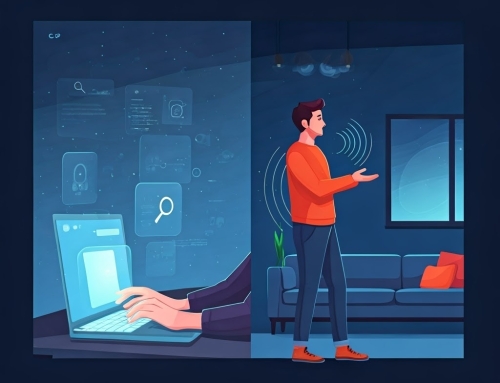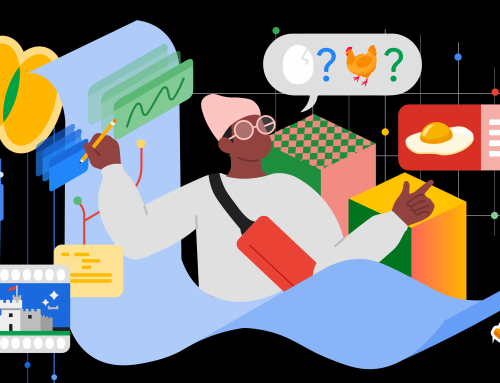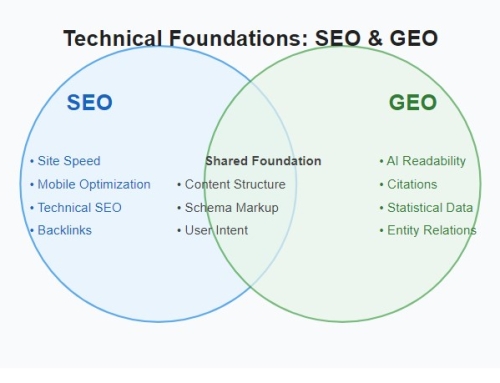“The best way to predict the future is to create it.” – Peter Drucker
Remember when businesses had to guess what their customers wanted to read? Those days are over. Today’s AI tools can help you create content that your audience wants before they even ask for it. Let’s break down how this works in plain English.
What is Predictive Content?
Think of predictive content as your most informed business advisor – one that’s studied every customer interaction, purchase, and website visit to tell you exactly what your audience needs next.
Real-World Example
Imagine you run a pet supply store:
- You notice customers buying puppy food often search for training tips two weeks later
- This insight lets you prepare training content in advance
- You can send it right when they need it most
- Result: Happy customers who see you as their go-to pet expert
Why Business Owners Should Care
Direct Business Benefits
- Save Time
- Stop guessing what content to create
- Focus on topics you know will work
- Reduce wasted effort on unused content
- Increase Sales
- Reach customers at the right moment
- Provide solutions when they’re most needed
- Build trust through helpful timing
- Build Customer Loyalty
- Show customers you understand their needs
- Provide value before they ask
- Become their trusted advisor
Making It Work For Your Business
Step 1: Gather What You Already Know
- Review your best-selling products
- Check your most popular content
- Look at customer service questions
- Examine email open rates
- Study social media engagement
Step 2: Spot Patterns
Look for:
- Common questions that follow purchases
- Seasonal trends in your business
- Related products customers often buy together
- Content topics that consistently perform well
Step 3: Plan Your Content
Create content that:
- Answers common questions before they’re asked
- Helps customers get more value from purchases
- Guides customers to their next logical purchase
- Solves upcoming seasonal challenges
Simple Ways to Start
For Retail Businesses
- Create buying guides based on past purchase patterns
- Develop care instructions for popular products
- Plan seasonal content based on last year’s trends
- Prepare FAQ content for new product lines
For Service Businesses
- Develop content addressing common follow-up questions
- Create guides for different service stages
- Prepare seasonal service reminders
- Build educational content for new clients
For Online Businesses
- Plan content based on search patterns
- Create guides for popular product combinations
- Develop troubleshooting content for common issues
- Build educational series for frequent customers
Making It Personal
Customer Journey Content
- New Customers
- Welcome guides
- Basic how-tos
- Getting started tips
- First purchase guides
- Regular Customers
- Advanced tips
- Product combinations
- Insider knowledge
- Loyalty rewards
- VIP Customers
- Exclusive content
- Early access
- Special guides
- Premium tips
Measuring What Works
Simple Metrics to Watch
- Which content gets read most
- When people read your content
- What they do after reading
- Which emails get opened
- What questions keep coming up
Getting Started Today
Your First Steps
- List your top 5 products or services
- Write down common questions about each
- Look at when these questions usually come up
- Create content that answers these questions
- Plan when to share this content
Quick Wins
- Create a welcome email series
- Develop product care guides
- Build seasonal preparation guides
- Write solution-focused blog posts
Avoiding Common Mistakes
What Not to Do
- Don’t overwhelm customers with too much content
- Avoid sending information too early or too late
- Don’t ignore customer feedback
- Don’t forget to update your content
Up Next: “Building Customer Trust: The Right Content at the Right Time”
#BusinessStrategy #CustomerEngagement #ContentMarketing #BusinessGrowth








